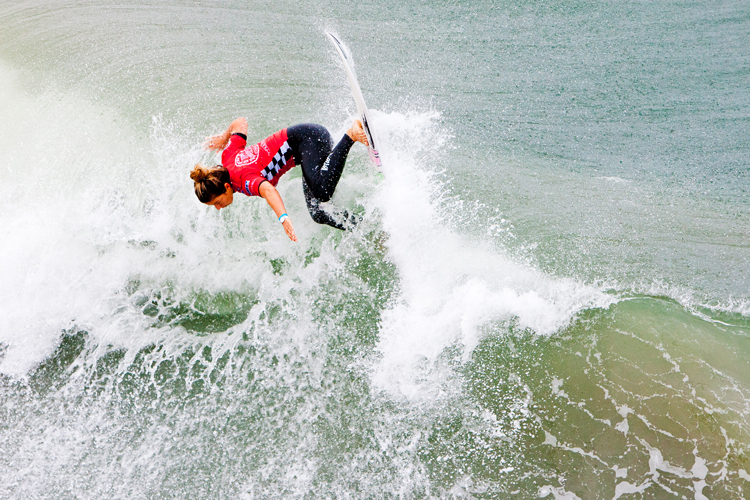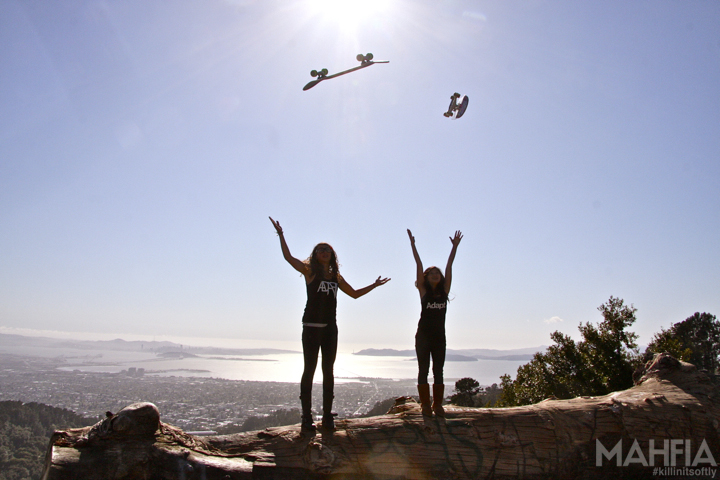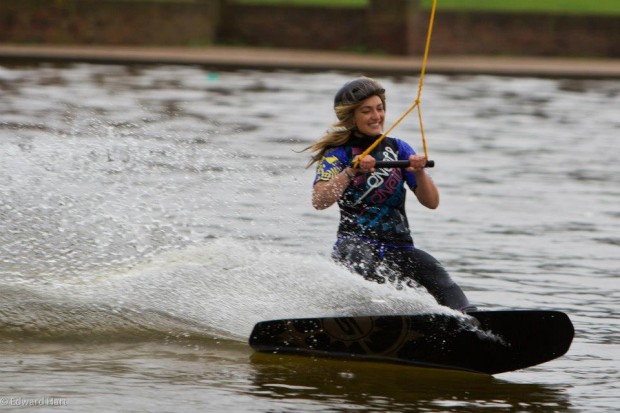
Words by Mel Russell, with thanks to Lagoon Watersports
Quick fix of adrenaline needed? Without spending hours learning a new board sport? Wakeboarding will certainly give you your fix and is relatively quick to learn.
Unlike most other watersports, wakeboarding has a satisfyingly steep learning curve and depending on your confidence and previous board experience, you can be popping ollies and carving up a watery storm even on your first go. Though successfully being pulled out onto the water for the first time is enough to fuel the addiction on its own.
What is wakeboarding?
Wakeboarding is the younger (and now more popular) brother of waterskiing – a sport originating with a boat towing a person standing on two planks. Wakeboarding has evolved in the last 30 years from a mixture of waterskiing, and other land and snow based boardsports resulting in the rad feeling of being towed across the water on a board a bit bigger than a skateboard, smaller than a surfboard and fatter than a snowboard.

Where can I wakeboard?
Boat –
It is possible to be towed by a boat or jet-ski using the wake to do tricks and surf/play on, this is how it all began, hence ‘wake’ boarding and can be practiced on lakes, the sea, rivers or any body of water with enough room for a fair tow. It is one of the best feelings to be pulled up behind a boat on glassy flat water that goes on for miles. There are wakeboard and ski schools all over the UK that run beginner’s courses, if you’re going out and learning for yourself… read on.
Cable –
If you’re not lucky enough to know a boat owner or can’t afford to pay someone to tow you, overhead cable tows are the next best thing, and to some preferable. Cables have been developed from the technology and engineering behind drag lifts in ski resorts, they are cheaper to ride and more environmentally friendly.
There are two main forms of cable in the UK:
4/5 tower cables or full length cables – These are usually set up on a lake pulling riders around most commonly (in the UK) in an anti-clockwise direction at a continuous speed. Starting on the dock the cable operator will pass you a handle and off you go. Full cables can tow multiple riders at the same time so once you fall over, get your board off, swim to the edge and start again.
This is the cheapest way to wakeboard, it is super sociable but also something that is fun to do solo, most cable parks in the UK have a core bunch of regular riders that are all super keen and friendly, however if you have a spare hour and just want to hop on without hassle to land your next trick, full cable can be as anonymous as you want. Most wake-parks run beginners’ sessions too.
2 tower cables – These have become hugely popular over the last 5 years in the UK, especially for first time wakeboarders. Just two towers with one length of cable between, the towing handle is operated by a driver/instructor to go back and forth pulling the rider at variable speeds. There is only one rider at one time so when you fall, the handle will stop and wait for you. The surge in 2 tower cables in Europe recently is mainly due to the small space you need to operate… you can literally be taught in metres of water.
Ideal for everyone – pro snowboarder, non-swimmer, nervous wreck or just average Joe this is by far the safest and easiest way to learn.
Most 2 tower wakeparks in the UK have System 2.0 cables installed, most have at least one cable and many have beginner specific system 2.0 cables. Lagoon Watersports in Brighton as an example have 2 System 2.0 cables with obstacles and a beginners cable, they offer a good ‘learn to wake’ session.
What kit do you need?
Not much when you are just starting, it is sensible to borrow equipment at first from the centre you chose to learn at then you can start investing as you get more involved, after a while it’ll save money to have your own gear and will also give you a confidence boost.
Wetsuit – Depending on the time of year and how brave you are, most people opt for wearing a wetsuit, which will keep your body warm in the water. This does make sense for your first lesson as there may be waiting around and more time spent in the water than out, wetsuits can also be used for plenty of other sports such as surfing and kitesurfing.
If you are learning at a centre, most will supply a wetsuit either for free or at a small charge, usually good wakeparks/ski schools will have current suits for that season, so if you are going to buy one for yourself, it is worth getting a decent suit from a trusted brand, the cheap suits sold in supermarkets for a tenner aren’t worth the discomfort, either go rental or half decent and get some advice from the shop you are buying from. Good wetsuit brands include O’Neill, Roxy, Billabong, Mystic and Neon, as featured in our Pick of the Threads feature.
Impact vest/buoyancy aid – It is pretty vital to stay afloat while in the water especially when starting out (you may learn more!). Impact vests are padded jacket/vests that protect your body from falls. Buoyancy aids don’t give as much protection to being winded by a faceplant but will give you more buoyancy while lying in the water listening to instructions. For your first few sessions it is definitely advisable to wear something with more buoyancy, once you have mastered getting up you can go for something with less float and more protection.
Helmet – Helmets are vital for cable riding, there are plenty of bits and bobs to hit your head on. Most centres will supply helmets for free. If you are purchasing a helmet bern is a good brand and now you can get helmets that you can wear for multi sports like wakeboarding, snowboarding, mountain biking etc. When learning/riding behind boat it is up to you, some people feel better with a helmet on but many feel that it unnecessary.
Board and bindings – It is probably a good idea to borrow the rental boards at first as boards can be expensive. Once you are ready and want your own, ask for last season’s gear at shops if you’re looking for a bargain, most wakeboard shops are online but don’t feel afraid to call them up and ask advice. Make sure your board is right for the type of wakeboarding you are going to do, if you are boat riding, cruising the wake and never intend to hit any sort of solid object, then you will want a board with fins (for grip). However if you know you want to hit rails, kickers and obstacles at cable parks then make sure you get a board specifically made for obstacle riding with either no fins, very shallow moulded fins or detachable fins… the obstacles will wreck boards not designed for them.
Tip: If you look on eBay for cheap boards, make sure you have done your research from a shop or asked in a centre what is right for you ‘size wise’ and for what type of riding you will be doing. Wakeboard designs have progressed a huge amount in the last 10 years, eBay is littered with boards that were designed before wakeboarding came into its own as a sport and can be especially difficult to learn on.
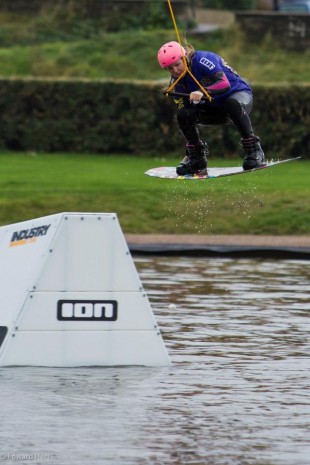
What to expect –
Once you have your kit on and the board on your feet, it’s time to take the plunge!
If you are learning on a full cable, you will start off on a knee board straight from the dock, otherwise starting on a system 2.0 or boat there is no avoiding getting into the water to start with.
Expect the water to be cold if you are in the UK and especially if it’s April! Take a couple of minutes to relax when you enter the water… there is no rush.
You could be in either salt or fresh water, if you accidentally swallow any don’t get a shock just spit it back out!!
The board will float up in front of you and your buoyancy aid will keep you afloat, although it is a helpful skill it is not actually a necessity to be able to swim!
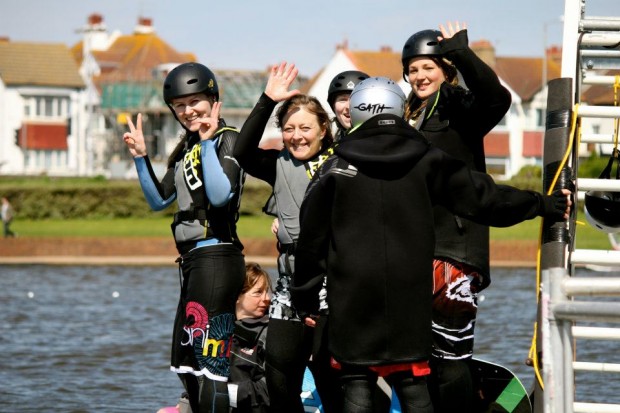
Getting up/water start –
Make yourself feel as relaxed and as calm as possible, this will make your body more adaptable to balance!
Get your knees bent up to your chest and all your joints as soft and relaxed as possible.
Stretch out your arms in front of you trying not to bend your elbows, keep a strong but relaxed grip on the handle.
When the handle pulls forward, let it roll you forward onto a balanced position on top of the board (still knees bent, crouched down). This position on the balls of your feet is your base for standing up so take your time as the slower you move, the more your body will find a comfortable balance!
Once you are comfortable slowly start to rise a little higher on your legs, still with your arms outstretched.
The speed of the cable or boat will be increasing!
Once you are balanced in a standing position (knees still soft and bendy) bring the handle around to your side, in-line with your ‘leading hip’ and look over your ‘leading shoulder’.
You should now be in the wakeboarding position with the board moving across the water at a classic board (sideways) angle.
Which foot forward am I? (leading hip/leading shoulder)
You will either be goofy or regular…(goofy is right foot forward, regular left foot). It should come fairly naturally when the rope pulls you forward. If you have snowboarded, skated or surfed before it will most likely be the foot you stood forward with in that sport, the only way to find out is to just try it and feel what is best.
Once you are up
So you’re now cruising the surface of the water with the wind in your face and the spray of the water at your feet. You have succeeded. For many this is all the adrenaline required to enjoy the sport.
If you are looking to progress, the following are some core skills that you will want to start with…
Carving
The same as most other board sports your heels are along one edge of the board and your toes are along the other. Putting pressure on either your heels or toes will dig the edge into the water and the board will move in the direction of the edge you have dug. Start with gentle carves on your heels, progressing to toeside carves.
Switch
Riding switch is riding with your non-natural foot forward i.e. if you are goofy, left foot forward is riding switch.
To turn the board to switch start off with a flat board (not on an edge), with a fairly even weight on each foot and bend your knees as much as you can. Slowly bring the handle from your leading hip out in front of you keeping your knees bent, this moves the board to a board slide position (90 degrees) for a second, then carry on moving the handle so that it is in line with your other hip.
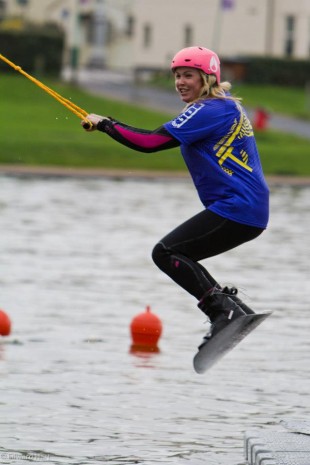
Ollie
An ollie on your wakeboard is similar to an ollie on a skateboard or snowboard. The idea is to jump over something or onto something from the flat water (start with something imaginary before aiming for rails and boxes!) To create the pop for the ollie, push down on your board with your back foot and scoop the front foot up, a tip for finding your pop is to bounce once or twice first pushing on both feet to break the tension on the water.
Where to wakeboard in the UK
There are hundreds of lakes and bodies of water in the UK with centres running lessons, the following are 3 recommended centres:
Boat Lake – Loch Lomond wakeboard, Scotland
Full Cable – Sheffield Cable Waterski, Rother Valley
System 2.0 – Lagoon Watersports, Brighton


